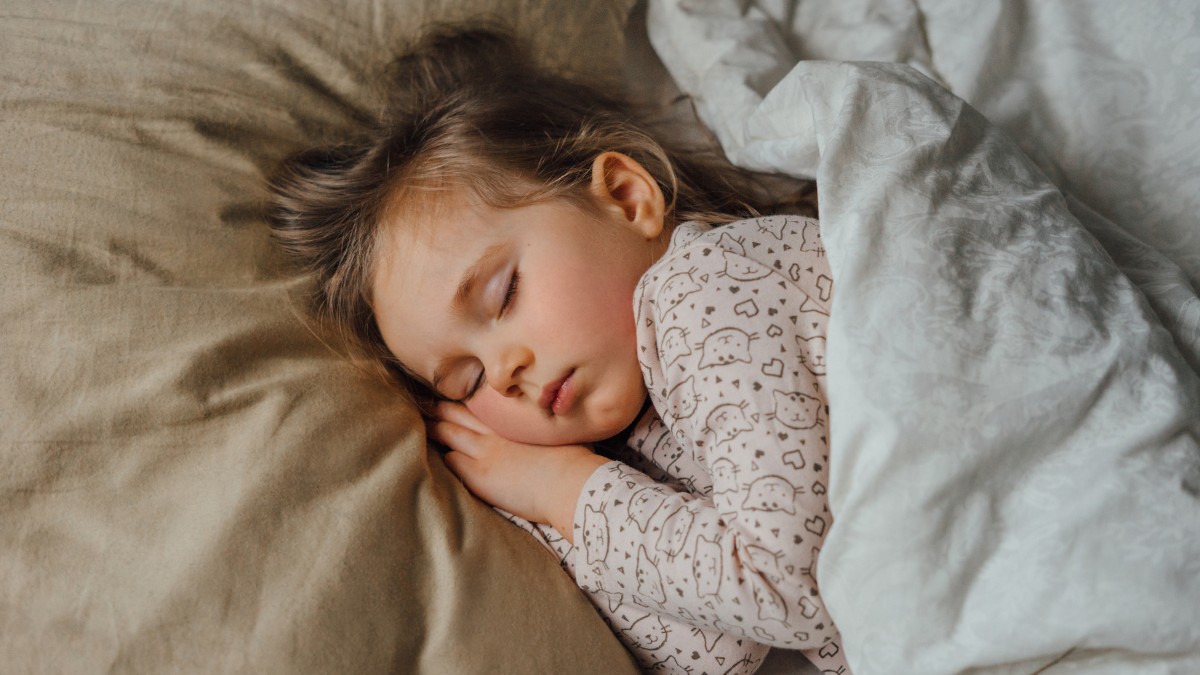Key Points:
- Melatonin is commonly used to support sleep in children with autism, but finding the right dosage is key to safety and effectiveness.
- The recommended starting melatonin autism dose is typically very low and should be carefully adjusted with a doctor’s guidance.
- Understanding timing, forms, and safety helps parents make informed choices and avoid common pitfalls when using melatonin for kids with autism.
For many families, bedtime becomes a nightly battle. Kids with autism often face extra hurdles when it comes to falling asleep. Melatonin is widely used, but the right melatonin autism dose is key. With the proper guidance, sleep can become less of a fight and more of a routine.
Can Melatonin Help Kids With Autism Sleep Better?
Yes. Melatonin can be an effective and safe option to support sleep in children with autism when used in the proper dosage and under medical supervision.
Why Is Sleep Often a Struggle for Kids With Autism?
Sleep problems are incredibly common in children on the autism spectrum. In fact, studies suggest that between 50% to 80% of children with autism experience chronic sleep disturbances. These may include difficulty falling asleep, frequent night wakings, early rising, or irregular sleep patterns. These disruptions don’t just affect the child—they can impact the entire household.
Melatonin, a hormone that the body naturally produces in response to darkness, helps regulate the sleep-wake cycle. In children with autism, melatonin production may be irregular or delayed, making it harder for them to settle into a healthy sleep routine. That’s where melatonin supplements come into play, and understanding the best melatonin autism dose can make a meaningful difference.
What Is the Recommended Starting Melatonin Autism Dose for Kids?
When starting melatonin, it’s important to keep the dose low and adjust slowly. This helps minimize side effects and improves the chances of long-term success.
For children with autism, the recommended starting melatonin dose is usually between 0.5 mg to 1 mg, taken about 30 to 60 minutes before bedtime. This low dose allows parents and physicians to observe how the child responds before increasing it, if necessary.
Here are the general guidelines:
- Ages 3–5 years: Start with 0.5 mg
- Ages 6–12 years: Start with 1 mg
- Ages 13 and up: Start with 1–2 mg, depending on the child’s weight and sleep difficulty
Always talk to a pediatrician before starting melatonin. Although it’s available over-the-counter, it’s still a hormone supplement and should be used thoughtfully.
What If My Child Needs a Higher Dose?
While many children respond well to a low dose of melatonin, some may need a bit more. But more isn’t always better—there’s a safe upper limit that should not be ignored.
If the initial dose doesn’t work after a week or two, doctors may recommend increasing gradually in 0.5 mg to 1 mg increments, up to a maximum of 3 to 6 mg, depending on the child’s age and needs.
Higher doses should always be monitored closely. Doses above 6 mg are generally not recommended for children unless prescribed and overseen by a healthcare professional.
Signs a dose may be too high:
- Grogginess the next morning
- Nightmares or vivid dreams
- Mood swings or irritability
- Bedwetting or disrupted sleep
What Types of Melatonin Are Available for Children With Autism?
Not all melatonin is created equal. Choosing the right form can help ensure your child benefits from the supplement without unintended effects.
Below are some common forms of melatonin:
- Liquid drops: Easy to measure and adjust doses for young children
- Chewable tablets or gummies: Kid-friendly and palatable
- Fast-dissolve tablets: Useful for children who struggle with swallowing pills
- Extended-release tablets: May help children who fall asleep easily but wake up frequently during the night
For many children with autism, liquid or chewable melatonin is the easiest to use. Extended-release options are particularly helpful when sleep maintenance (staying asleep) is the primary challenge.
 When Is the Best Time to Give Melatonin?
When Is the Best Time to Give Melatonin?
Timing is just as important as dosage. Giving melatonin at the right moment supports the body’s natural rhythm rather than disrupting it.
Melatonin should generally be given 30 to 60 minutes before bedtime. It’s not a sedative—it doesn’t work instantly. Instead, it gently encourages the brain to wind down by signaling that it’s time to sleep.
Consistency is key. Try to give melatonin at the same time each night, paired with a calming bedtime routine. Avoid giving melatonin too late, as it can shift your child’s internal clock in the wrong direction.
Is Melatonin Safe for Kids With Autism?
Many studies have shown that melatonin is safe and effective for short-term and even long-term use in children with autism, when properly dosed and monitored.
Here are some safety tips for parents:
- Start low and go slow. Never jump to high doses quickly.
- Work with your child’s doctor. Especially if your child takes other medications.
- Watch for side effects. These may include drowsiness, headaches, or mood changes.
- Stick to trusted brands. Not all supplements are tested equally—look for third-party certification.
Melatonin is not habit-forming, but it’s still best used as part of a broader sleep strategy, not a standalone solution.
What Else Can Help Improve Sleep in Children With Autism?
While melatonin can offer support, behavioral changes and structured routines are essential to building lasting sleep habits.
Try these practical tips to support better sleep:
- Create a consistent bedtime routine. This might include a warm bath, storytime, and soft lighting.
- Limit screen time before bed. Blue light can delay body’s melatonin production.
- Create a calming sleep environment. Keep the bedroom cool, dark, and quiet.
Combining a carefully chosen melatonin autism dose with these strategies often brings the best results.
Why Does Every Child Respond Differently to Melatonin?
Each child’s body, brain, and sleep pattern is unique—especially among children on the autism spectrum. Here’s why flexibility and observation are crucial.
Some children may respond quickly to even a small dose, while others might need a few adjustments to find the right fit. Factors such as anxiety, sensory sensitivities, gut health, and co-occurring conditions can influence how melatonin works.
This is why there’s no “one-size-fits-all” melatonin autism dose—and why ongoing communication with your child’s healthcare team matters.
Supporting Your Child Beyond Sleep: ABA Therapy in Colorado, Iowa, and Nebraska
Helping your child get better sleep is just one part of supporting their overall well-being. For families looking for long-term, meaningful support, ABA therapy can be a powerful partner in your child’s development.
Spirit ABA offers compassionate, evidence-based ABA therapy in Colorado, Iowa, and Nebraska, helping children with autism learn the skills they need to succeed in everyday life. From building communication and social skills to reducing challenging behaviors, ABA therapy focuses on individualized growth—tailored to your child’s unique needs.
Sleep, behavior, communication—they’re all connected. When your child feels better rested, they’re more prepared to learn, engage, and thrive. Get in touch with us to find out how ABA therapy can make a difference for your family.


